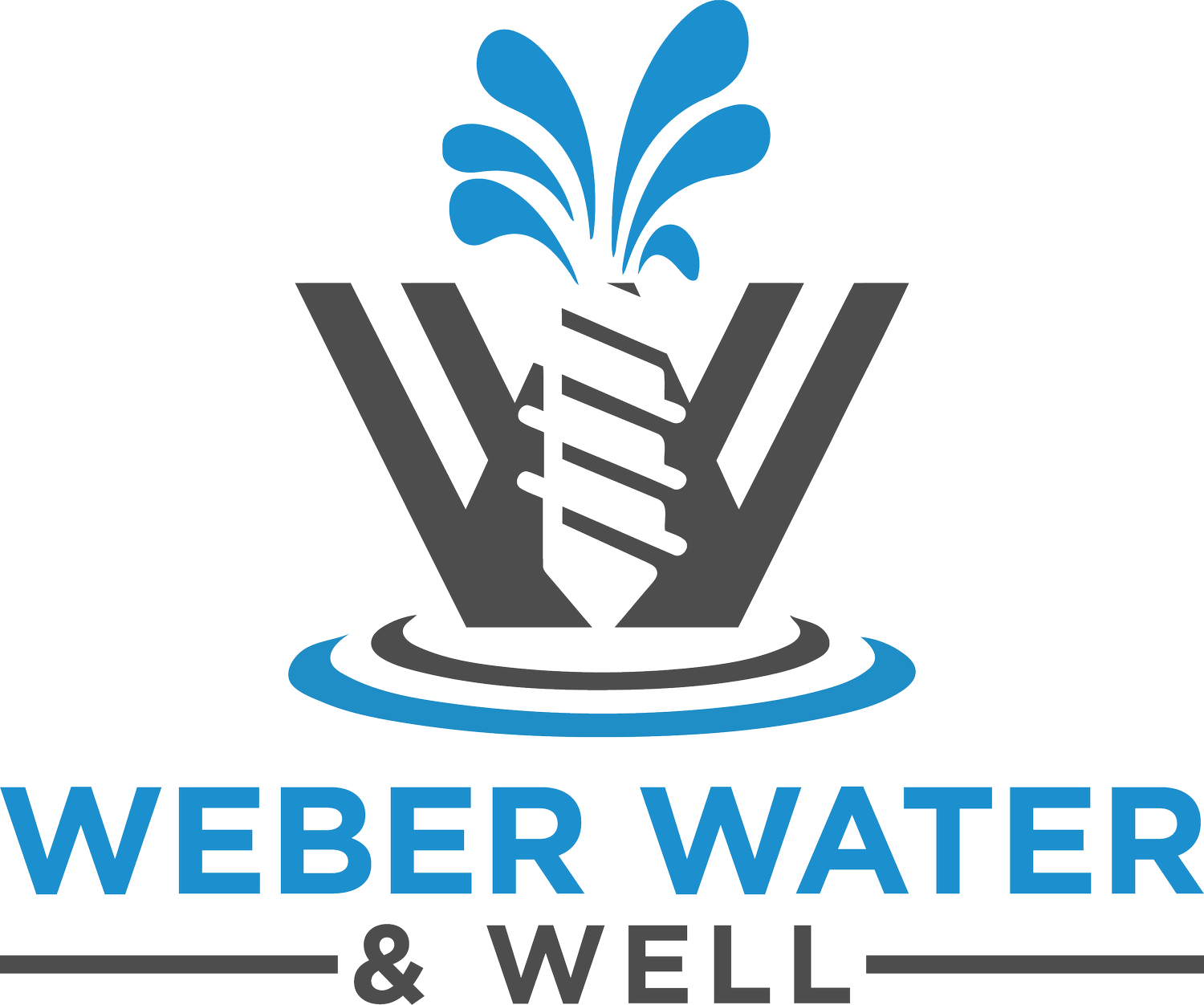12 Common Issues in Well Pump Repairs and How to Fix Them
Well pumps play an essential role in providing water for our homes, but they can sometimes encounter issues that leave us guessing. Whether you're a seasoned DIY enthusiast or a first-time homeowner, understanding common well pump problems and their solutions can save you time, money, and headaches. In this guide, we’ll break down twelve typical issues, offer simple fixes, and arm you with the knowledge you need to keep your well pump running smoothly.
1. Pump Not Starting
One of the first signs of trouble is when your pump won't start. This could be due to electrical issues or a tripped circuit breaker. Checking the power supply and ensuring the breaker is working is a good first step.
However, if the power supply is fine, the next move is to examine the pump's wiring connections. Sometimes wires can become corroded or loose, making it impossible for the pump to operate correctly. It might feel overwhelming to check wiring, but a bit of patience and attention can clarify the problem.
Lastly, if the pump still refuses to budge, it may be time to call in a professional. They can perform a more thorough diagnosis and rule out deeper issues, ensuring your water supply is back up and running in no time.
2. Low Water Pressure
Experiencing low water pressure can be frustrating, especially when you depend on a steady flow for daily tasks. This issue often stems from clogged pipes or a malfunctioning pump. Inspecting the pipes for blockages and cleaning or replacing them might help resolve the problem.
Don’t overlook the possibility of a faulty pressure tank either. A tank that’s either too small or damaged can significantly impact water flow. Checking the tank and ensuring it’s functioning correctly is essential for maintaining decent pressure.
Remember, addressing low water pressure swiftly can prevent further complications, so don’t hesitate to dig deeper if basic fixes don’t work.
3. No Water Coming from Faucets
If your faucets run dry, it could mean your pump isn't drawing water. Common causes include a broken impeller or intake screen. You’ll need to inspect and possibly replace affected components.
In addition, sometimes the issue could be a depleted water supply in your well, particularly during dry seasons. This is why it's essential to monitor your well's water levels regularly. Ensuring that your well is adequately filled will help avoid this frustrating problem.
Remember, quick intervention can often save you from significant repairs down the line, so keep an eye out if your water supply suddenly stops!
4. Constantly Running Pump
A pump that runs continuously can indicate a leak in the system or inappropriate pressure settings. Checking your pressure switch settings and inspecting for leaks can often resolve this issue.
Leaks can often occur near joints in the piping or at various fittings. If you spot any damp areas or water pools near your pump, it’s crucial to address those leaks right away. Not only can fixing leaks enhance performance, but it’s also important for conserving water.
5. Pump Overheating
Overheating pumps can lead to permanent damage. This could be caused by a blocked discharge line or running dry. Ensure the pump is properly submerged and check for blockages in the discharge system.
In addition, remember that the quality of the water itself can impact your pump's efficiency. If your water contains excessive sediment, using a filter might be necessary to keep your pump from overheating.
6. Frequent Cycling
If your pump cycles on and off frequently, this could mean your pressure tank is too small or there are issues in the plumbing. Adjusting the tank size or checking for leaks can help prevent this problem.
Regularly inspecting your pressure tank and ensuring it’s adequately charged will help mitigate frequent cycling. A properly set pressure tank can maintain a more constant pressure, reducing the pump's workload and extending its life.
7. Unusual Noises from the Pump
Unusual sounds like grinding or humming can indicate mechanical issues. This might link to worn bearings or impellers, which should be serviced or replaced by a professional.
Listening carefully to these sounds can give you clues about what’s wrong, allowing you to address the issue more effectively. Ignoring these alarming noises could turn a minor fix into a significant inconvenience.
8. Discolored Water
If your water appears discolored, this could be a sign of rust, sediment, or algae in the well. Flushing the system and possibly adding a water treatment solution may help restore clarity.
Assessing the well condition itself is crucial; if the source of discoloration originates from the well, it may require a deeper cleaning or inspection.
9. Pump Running Dry
Pumps running dry can lead to catastrophic failure. Installing a low-water cut-off system can help prevent this, ensuring the pump will shut off when the water level is too low.
Additionally, performing routine inspections can help identify warning signs or shifting water levels before they lead to a major issue.
10. Water Smells Bad
Foul odors from your water may signal contamination or bacterial growth. A thorough water testing and treatment should be undertaken to ensure safety.
Keep in mind that if you notice persistent odors, addressing the quality of your water will not only improve your water’s smell but also safeguard your health.
11. Pump Short Cycling
Short cycling can stress your pump and shorten its lifespan. This usually indicates an imbalance in pressure settings, which can be corrected by adjusting the pressure switch.
To maintain an efficient course of action, it’s helpful to monitor your system regularly. Looking out for signs of wear or malfunctions will help you spot issues before they escalate.
12. Corrosion and Rust Issues
Corrosion can weaken your well system over time. Regular inspection and the application of protective coatings can help extend the lifespan of your pump.
Taking proactive measures such as checking metal parts for rust and addressing them promptly can avoid costly repairs long-term.


